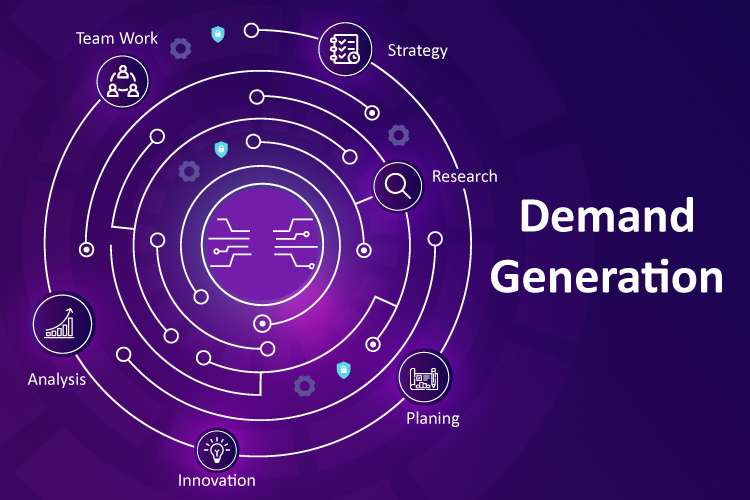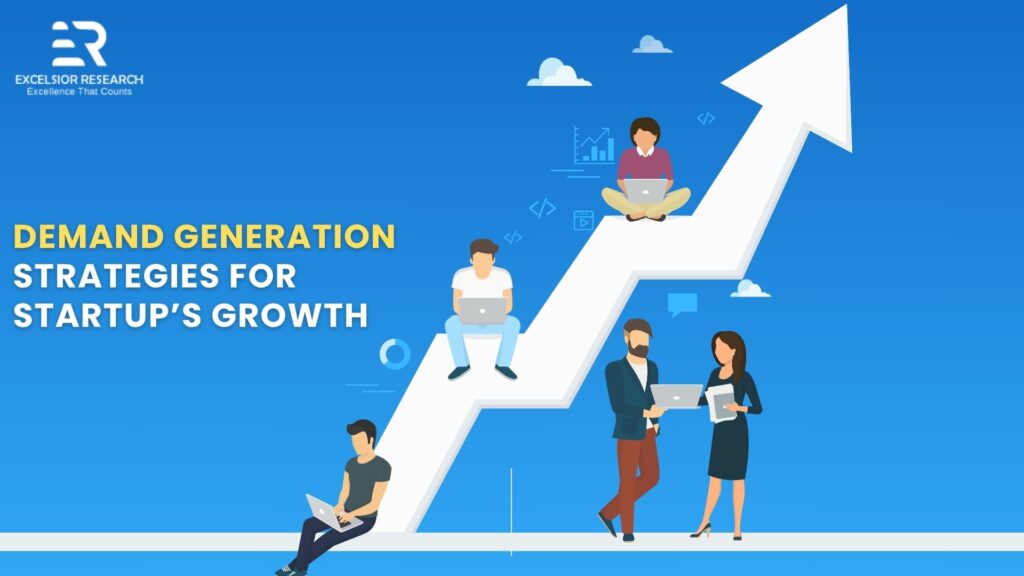
7 effective strategies of demand generation

7 effective strategies of demand generation
People confuse demand generation with the idea of producing demand. But, that’s not the case.
It is an umbrella term for various selling activities. And also drives engagement between a corporation and its prospects.
Marketers design a strategy that will help to:
- generate leads,
- capture,
- guide,
- and align the marketing and sales team of a corporation.
- generate revenue.
A demand generation company is a point of contact between a business and its customers. As a result, Professionals design a strategy that:
- to raise awareness of customer challenges,
- position the brand as a trusted advisor in the markets,
- generate leads,
- and sell your solutions.
If done, it cultivates genuine brand loyalty amongst fellow prospects. And also, this long-term element is an essential component for any business. It is beneficial to companies if they do not see it as a quick solution. Reason?
This process requires a gradual, comprehensive, and holistic approach to engagement.
And also comprises a series of diverse strategies like:
- dedicated inbound marketing tactics,
- social interaction,
- E-book campaigns,
- and weekly newsletters.
Demand Generation Marketing
A process with many steps. It is a mix of education and brand storytelling. Showcasing your audience the challenges they may encounter during their course of life. and positions your brand as the solution. Further, It is a long-term relationship. Which is established between a brand marketing and sales team and prospective customers. Strategies include inbound marketing, social media engagement, optimization, and more.
Demand Generation versus Lead Generation
People often mistake the terms with one another due to their similarities. But, there is a major distinction between the two. A few businesses are indiscriminative to leads and what qualifies for the leads. User website visits can also count as a lead.
For example,
Companies that generate income from landing pages. And also those that offer a call to action services.
Demand generation is the procedure of building curiosity in products and services offered. Whereas lead generation is turning that generated curiosity and interest leads. Also where your sales team can follow up.
This thin line of difference creates confusion. And also people mistake them with each other, as the same tools and tactics. They enjoy collected information and depend on precise targeting for the most effective. As a result, We need to understand the use of that demand and lead generation to achieve various purposes.
Inbound Marketing versus Demand Generation
It is a process of driving awareness and interest in a product or service. Additionally, It is a long-term strategy that a business uses to secure dedicated and loyal customers.
Demand generation is a compilation of activities that includes:
- Deliver sales,
- Public Relations,
- Paid Media, Advertising,
- and Inbound Marketing.
The two primary goals are:
- Generate hype and excitement to build awareness of products and services.
Foster a long-term relationship with fellow prospects. That would help the growth of your business.
Inbound marketing is a type of demand generation whose main goal is to attract and engage content specific to:
- Converting new website visitorsinto customers. Company advocates by making sure to deliver the right content in the proper place at the proper time.
Demand Generation and inbound marketing have similar goals. Likewise, It is easy to mistake one for another. However, if we treat these two concepts as one, it can hamper your markets and sales efforts. As a result by pushing away from a vital technique, you will miss opportunities to speed up your growth.
It is an umbrella term that makes implementing this immense variety of techniques easier.
B2B Demand Generation Strategies to generate leads:
- Use intent data to find in-market buyers: Contributes to follow-up with other prospects. It helps to widen and broaden the currently existing market.
- Boosts authority with high-quality content: A company must consider good quality content. Plus, having a dedicated team that works to generate high-quality content. It helps to engage with prospects, conversions. Visitors boost their authority onto them with high-quality content.
- Enhance content engagement: Content syndication works in re-purposing content. And also publishes it onto other platforms with consent. In return helps an individual to further his reach and gain popularity.
- Use Account-based marketing tactics: Account-Based Marketing is also known as ABM. Which is a strategic approach to business marketing. Moreover, with ABM, individuals engage and convert target accounts plus achieve predictable revenue growth. Personalized campaigns filter out and choose a set of audiences.
- Build authority with event marketing: Hosting events creates trust among your prospects.
Considering Bizzabo’s survey, Almost 95% of marketers believe that events affect the business goals of the business.
- Improve your return on ad spending with niche targeting.
- Streamline your workflow with automation.
B2B Demand Generation services
Most businesses will already have some form of a marketing plan, channel, or strategy in place. Hence, this inbound outcome relies on sharing information where interested prospects will respond.
This approach can have heights of success,
Further, Authority figures are going to be conscious of your offer.
Digital marketing offers an alternative option that analyzes and researches product purchases. rather than contacting clients to tell them more.
Don't forget to share this post
Our Recommendation





